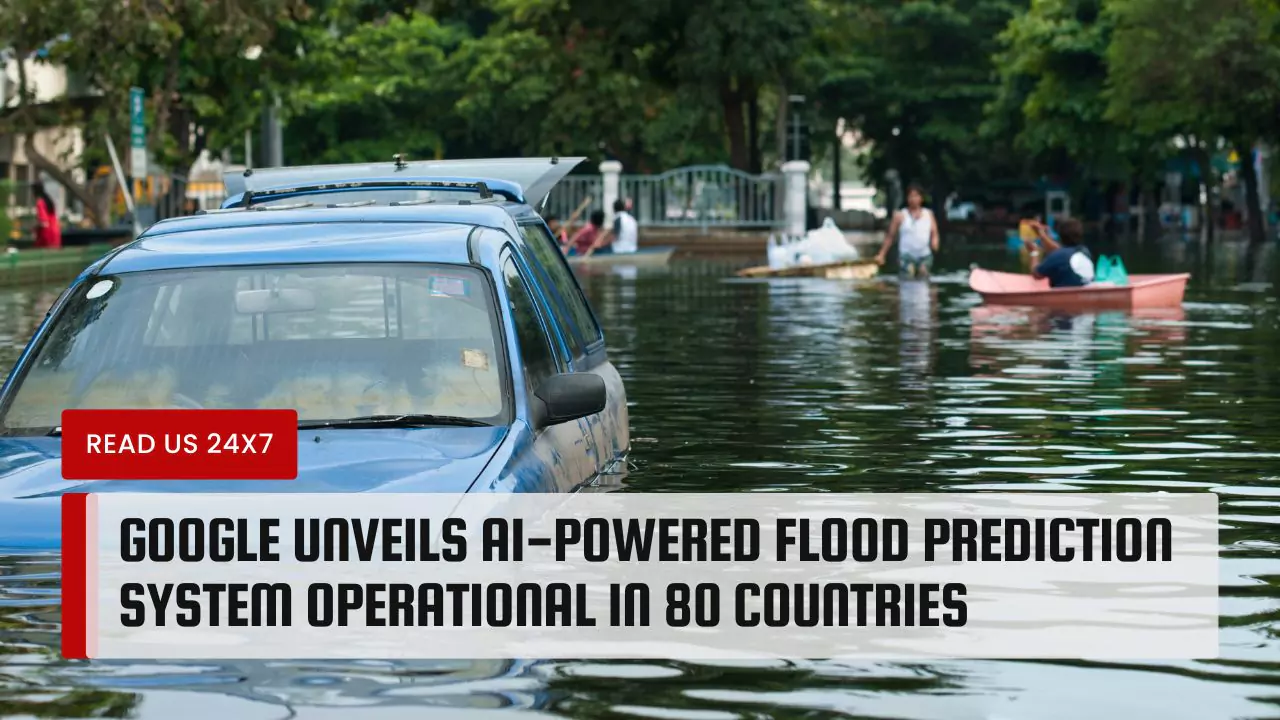Flooding poses a significant threat worldwide, exacerbated by the effects of climate change. In response to this challenge, Google researchers have harnessed the power of artificial intelligence (AI) to enhance flood forecasting capabilities, even in regions with limited data. This innovative approach marks a significant advancement in disaster preparedness and mitigation efforts.
Google’s Use of AI for Flood Forecasting
Improving Access to Reliable Forecasts
One of the primary objectives of Google’s AI model is to provide accurate and timely flood predictions in areas lacking sufficient water gauges. By leveraging AI technology, the model can generate forecasts with greater precision, aiding communities in better preparing for and responding to potential flooding events.
The River Forecast Model
At the core of Google’s AI-based flood forecasting system is a sophisticated river forecast model. This model integrates various data sources, including weather forecasts, satellite imagery, topography, and soil type, to predict the extent and severity of potential floods. By analyzing these data points, the model can anticipate which areas are most likely to be affected and the depth of the flooding.
Training Data
To train the AI model effectively, Google researchers collaborated with experts from the EU’s global flood forecasting system, GloFAS. This collaboration allowed for the development of a robust predictive model capable of accurately forecasting floods in diverse geographic regions. Through continuous refinement and validation, the model has demonstrated its efficacy in providing timely and reliable forecasts.
Advancements in Flood Forecasting with AI
Google’s AI-driven approach to flood forecasting represents a significant leap forward compared to traditional methods. By harnessing the power of machine learning and data analytics, the model has surpassed the capabilities of existing systems in several key areas.
Outperforming Traditional Methods
The AI model developed by Google has demonstrated superior accuracy in predicting floods, even in regions with sparse or no data. In comparison to the current gold standard, GloFAS, Google’s model can forecast floods up to five days in advance with comparable accuracy. This improvement is particularly notable in regions like Africa, where flood gauges are scarce, highlighting the model’s adaptability and effectiveness.
The Future of Flood Forecasting with AI
As Google’s AI-based flood forecasting model continues to evolve, its potential impact on disaster preparedness and response is substantial. Looking ahead, several key developments are poised to shape the future of flood forecasting with AI.
Expanding to More Countries
With its operational deployment in 80 countries, Google’s AI model has already made significant strides in improving flood forecasting capabilities on a global scale. As the model continues to be refined and validated, its coverage is expected to expand further, providing invaluable support to communities vulnerable to flooding worldwide.
Potential for Early Warnings
The widespread adoption of Google’s AI-based flood forecasting system holds the promise of early warnings for at-risk communities. By accurately predicting flood events days in advance, authorities can implement proactive measures to mitigate risks and minimize the impact on lives and property. This proactive approach could include timely evacuations, resource allocation, and infrastructure preparedness, ultimately saving lives and reducing economic losses.
In conclusion, Google’s use of AI to forecast floods with small data sets represents a significant advancement in disaster risk reduction efforts. By harnessing the power of machine learning and data analytics, the model offers a scalable and effective solution for improving flood forecasting capabilities globally. As the threat of flooding continues to escalate, innovative approaches like Google’s AI model provide hope for more resilient and adaptive communities in the face of climate change.



